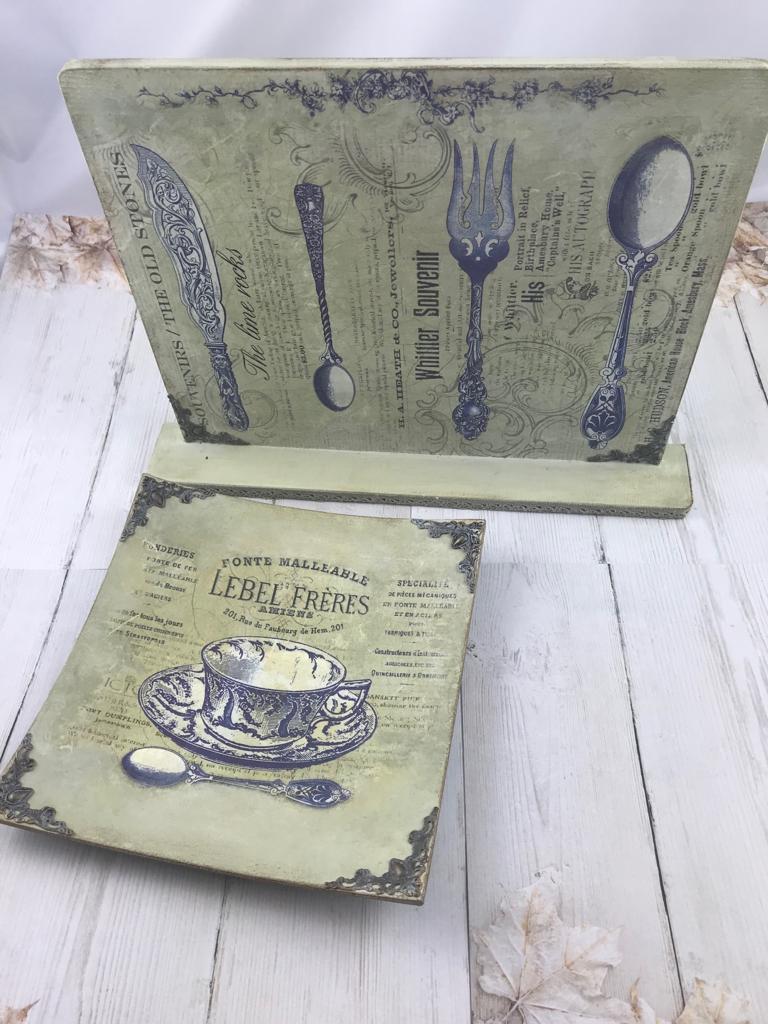Tag: Rice paper
Decoupage for Beginners
All the basics there is to know about the art of Decoupage including the technique, materials used, and many useful hints & tips. Let’s get started !
Rice paper – most popular material for Decoupage
What is Rice paper?

Rice paper, or sometimes referred to it as mulberry paper is – despite what it’s called – not actually made from rice or mulberry tree, but made of plant based starch and fibres, i.e. tree bark.
Rice papers may come in different sizes and thickness, just like all other paper napkins and decoupage papers. Most importantly however, it comes in countless designs and styles, with fantastic quality, and brilliant colours!
How is rice paper different from napkin papers and decoupage papers?
It is a perfect material to use for all sorts of crafts projects such as decoupage and journaling. Beginners and more advanced decoupage fans love using rice paper as it is very easy to stick to any surface, flat or textured and it will adapt easily to all sorts of surfaces with any glue used for decoupage.
Rice paper is softer and thinner than decoupaged paper, but stronger than napkin paper. It is very strong, durable, resistant and it does not disintegrate even though it can be quite thin.

While paper napkins have multiple layers that need separating before working with them on a decoupage project, rice papers have only one layer, so this step can be skipped in this scenario.
Another difference is that a base layer is often needed when working with paper napkins, while in the case of rice paper a base layer is not necessarily as the colours transfer quite well. Napkins tend to be more see through, with less prominent coverage. It is however not to say, they cannot be used simultaneously on any given project. They can both be applied in similar ways, but they have slight differences in the way they behave and adapt to the same surface.
Rice papers also transfer to any surface without any creases or winkles compared to napkin papers, this – again – makes it slightly easier and more straightforward to work with.
Another nice feature of rice papers is that the plant fibres are often visible, giving it a lovely textured and natural feel and look.
How to work with rice papers?

When is comes to applying rice paper to a decoupage subject, the edges of the image can be either torn or cut, depending on the image, or the effect we would like to achieve. When tearing it, the sharp edges will completely disappear, and the soft fibres are very easy to integrate invisibly into the project. Cutting however, will obviously keep the edges sharp, but that can also look nice if the image allows it so.
Apart from cutting the image out, or tearing it out, another great technique is to use a wet brush to slightly wet around the edges of the image, that will make it easier to tear it off more precisely, and giving it a softer, invisible edge again.
Rice paper therefore is truly one of the most popular materials both amongst beginner as well as more advanced craft fans, due to its simplicity, durability, and reliability.


